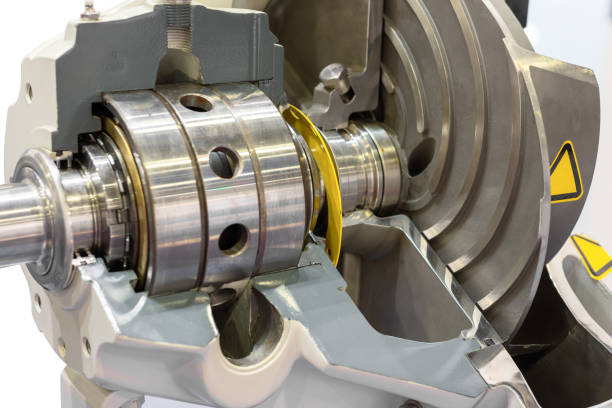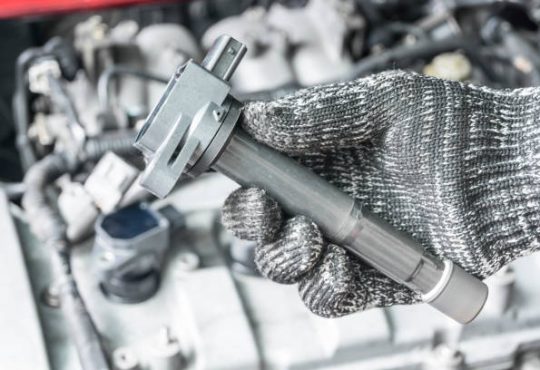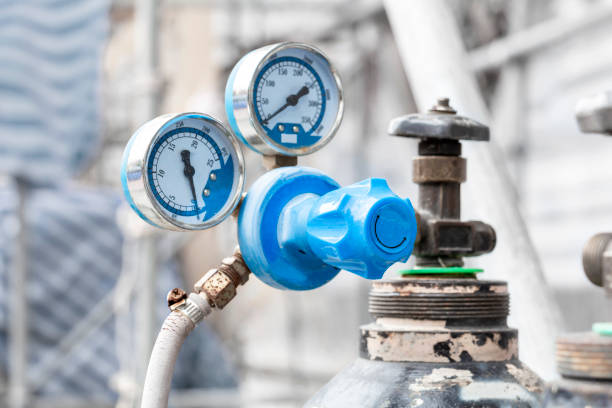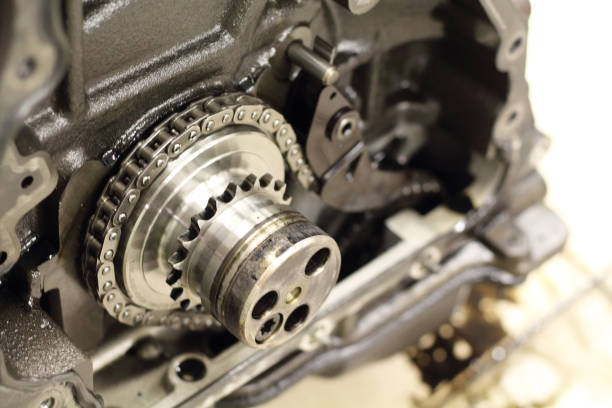
How to Prime a Mechanical Fuel Pump: A Step-by-Step Guide
Priming a mechanical fuel pump is an essential task that ensures your vehicle’s engine receives a steady supply of fuel. Whether you’re a seasoned mechanic or a DIY enthusiast, understanding how to prime a mechanical fuel pump can save you time and money. In this guide, we’ll walk you through the process in a clear and straightforward manner.
What is a Mechanical Fuel Pump?
A mechanical fuel pump is a device used in internal combustion engines to deliver fuel from the fuel tank to the carburetor or fuel injectors. Unlike electric fuel pumps, mechanical pumps are driven by the engine’s camshaft or crankshaft, making them a crucial component in older vehicles.

Why Prime a Mechanical Fuel Pump?
Priming a mechanical fuel pump is necessary to remove air from the fuel lines and ensure the pump operates efficiently. Air in the fuel lines can lead to engine stalling, hard starting, and poor performance. Priming helps maintain a consistent flow of fuel, which is vital for optimal engine performance.
Tools and Materials Needed
Before you begin, gather the following tools and materials:
- A wrench or socket set
- A fuel container
- A piece of clear fuel hose
- A hand-operated vacuum pump (optional)
- Safety gloves and goggles
Step-by-Step Guide to Priming a Mechanical Fuel Pump
Step 1: Safety First
Ensure the vehicle is parked on a flat surface and the engine is cool. Wear safety gloves and goggles to protect yourself from fuel spills.
Step 2: Locate the Fuel Pump
Find the mechanical fuel pump, typically located on the side of the engine block. Refer to your vehicle’s manual if you’re unsure of its location.
Step 3: Disconnect the Fuel Line
Using a wrench, carefully disconnect the fuel line from the outlet side of the fuel pump. Be prepared for some fuel spillage, so have a container ready to catch any excess fuel.
Step 4: Attach a Clear Fuel Hose
Attach a piece of clear fuel hose to the fuel pump’s outlet. This hose will allow you to see when fuel starts flowing, indicating that the pump is primed.
Step 5: Prime the Pump Manually
There are a few methods to prime the pump manually:
- Using a Hand-Operated Vacuum Pump: Attach the vacuum pump to the clear fuel hose and operate it until fuel starts flowing through the hose.
- Cranking the Engine: With the clear fuel hose attached, have someone crank the engine for a few seconds. Watch for fuel flowing through the hose. Be cautious and avoid prolonged cranking to prevent engine damage.
Step 6: Reconnect the Fuel Line
Once fuel is flowing through the clear hose, quickly reconnect the fuel line to the pump outlet. Tighten the connection securely using a wrench.
Step 7: Check for Leaks
After reconnecting the fuel line, start the engine and let it run for a few minutes. Check for any fuel leaks around the pump and connections. Tighten any loose connections if necessary.
Tips for Successful Priming
- Perform Regular Maintenance: Regularly check your fuel pump and fuel lines for wear and tear to prevent issues.
- Use Fresh Fuel: Ensure the fuel in your tank is fresh, as old fuel can cause blockages and hinder the priming process.
- Consult Your Vehicle’s Manual: Always refer to your vehicle’s manual for specific instructions related to your make and model.
Conclusion
Priming a mechanical fuel pump is a straightforward process that ensures your engine receives a consistent supply of fuel. By following these steps, you can maintain your vehicle’s performance and avoid common fuel-related issues. Remember to prioritize safety and consult your vehicle’s manual for specific details. Happy driving!
By following this guide, you’ll be equipped with the knowledge to prime a mechanical fuel pump confidently. Keep your vehicle running smoothly and efficiently with regular maintenance and proper care.



